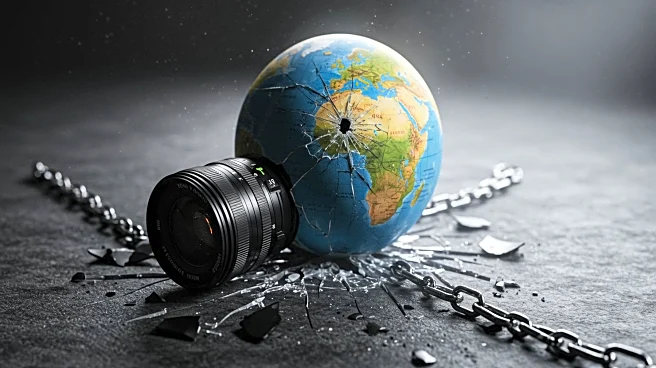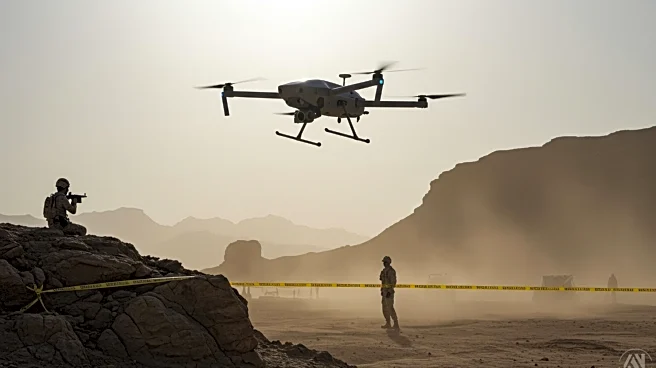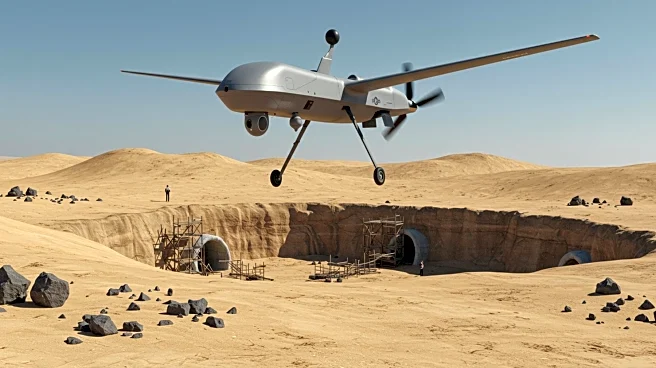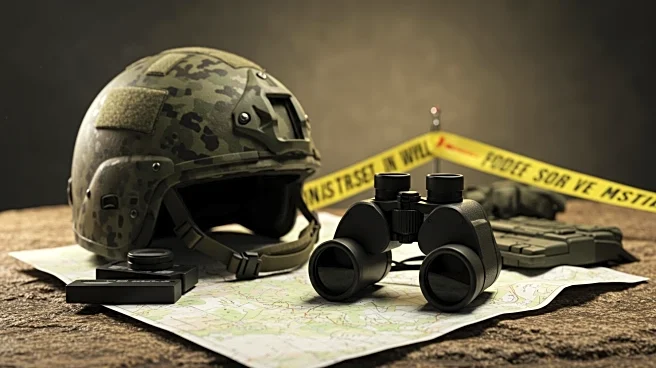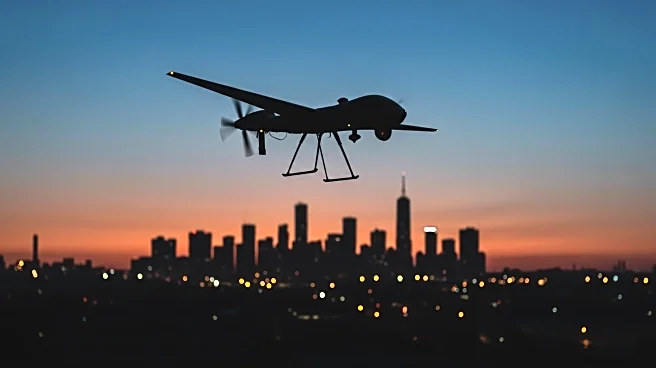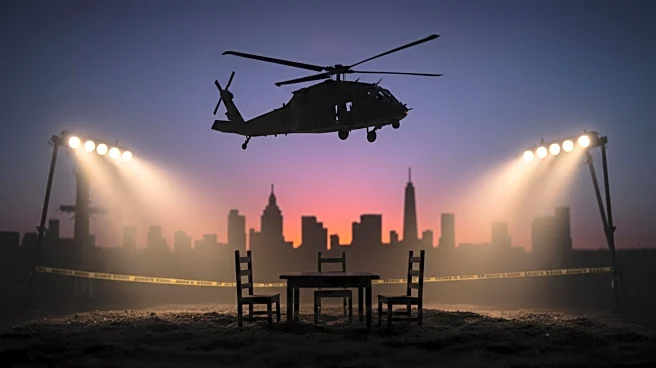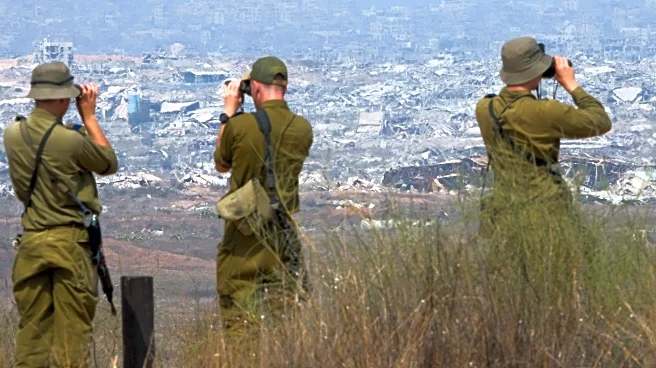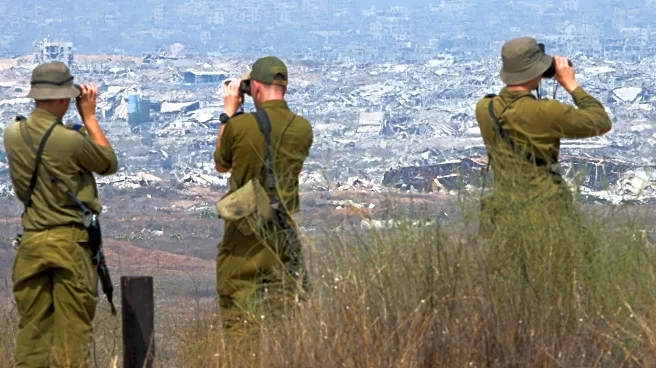What's Happening?
Al Jazeera journalist Anas Al-Sharif was killed in an Israeli strike in Gaza City, raising questions about the roles journalists play in conflict zones. Al-Sharif, who was reportedly affiliated with Hamas, was targeted by the IDF, leading to condemnation from Al Jazeera. The incident highlights the complex dynamics between media personnel and militant groups in regions of conflict. The situation underscores the challenges faced by journalists operating in volatile environments, where their roles can intersect with political and military agendas.
Why It's Important?
The killing of Anas Al-Sharif brings to light the precarious position of journalists in conflict zones, particularly in Gaza. It raises ethical and operational questions about the safety and neutrality of media personnel in such areas. This incident could impact international perceptions of media organizations operating in conflict zones, potentially affecting their credibility and the safety protocols they employ. It also highlights the broader implications for press freedom and the risks associated with reporting in areas controlled by militant groups.
What's Next?
The incident may prompt media organizations to reassess their operational strategies in conflict zones, potentially leading to increased security measures or changes in reporting practices. It could also lead to international discussions on the protection of journalists and the responsibilities of media outlets in conflict areas. Stakeholders, including governments and media watchdogs, may engage in dialogue to address the safety and ethical concerns raised by such incidents.
Beyond the Headlines
This development could influence the legal and ethical frameworks governing journalism in conflict zones. It may lead to calls for international standards to protect journalists and ensure their neutrality. The incident also highlights the potential for media personnel to be perceived as combatants, complicating their roles and responsibilities in conflict reporting.
